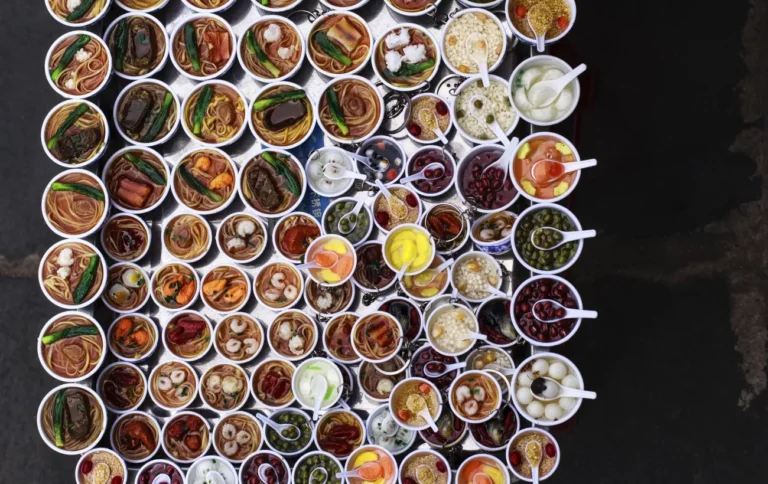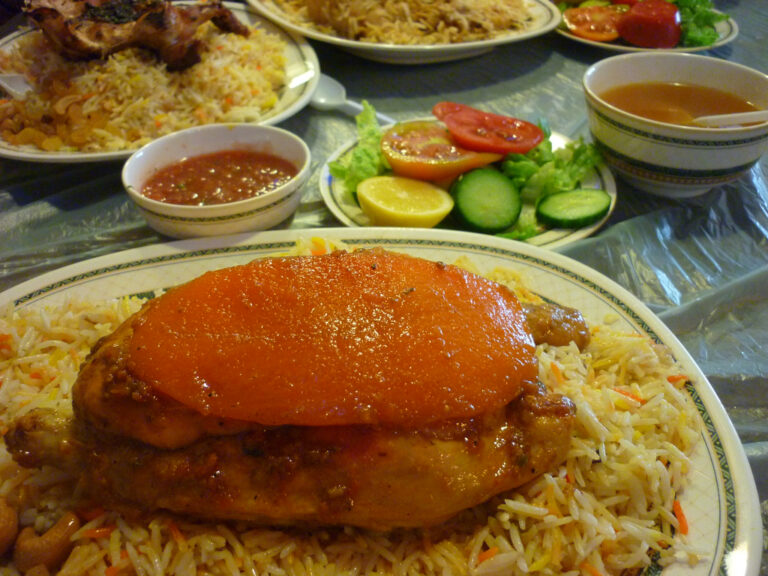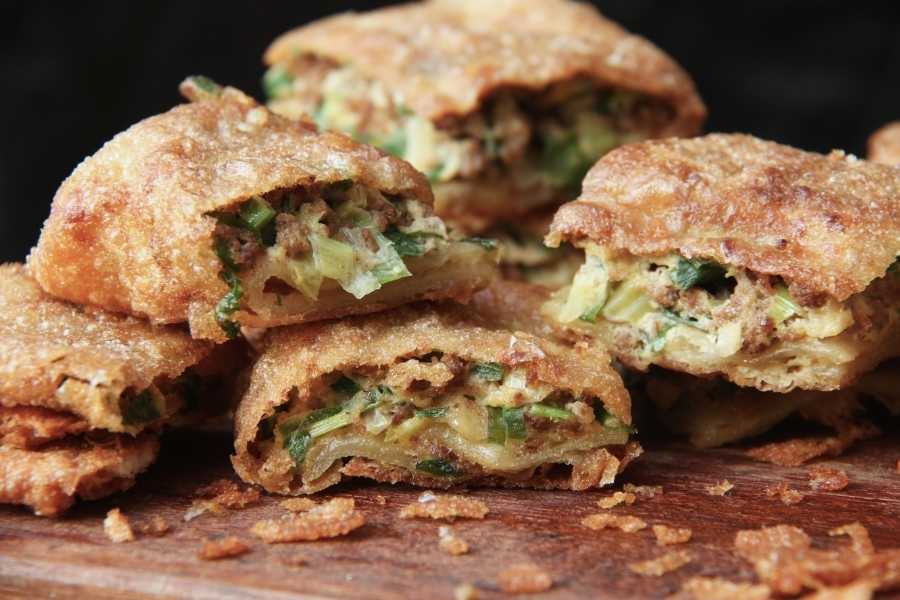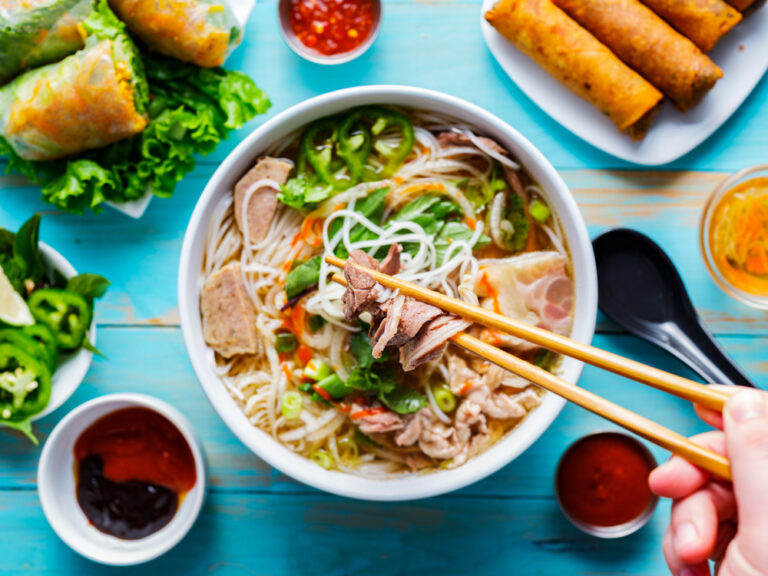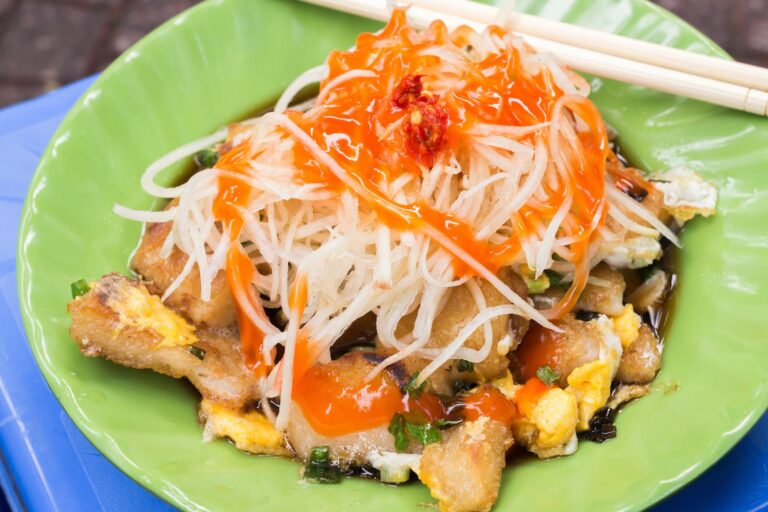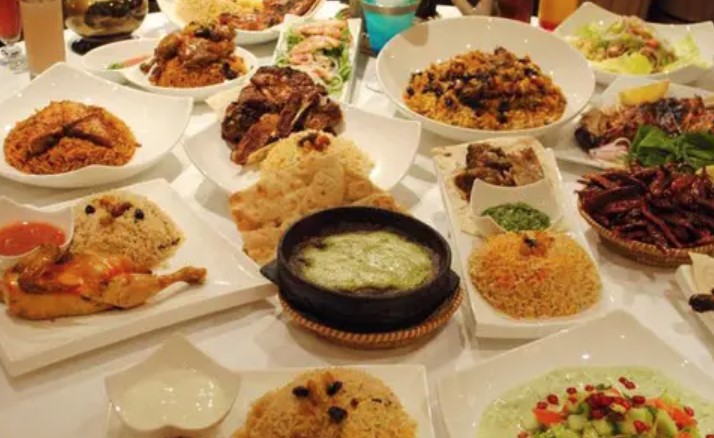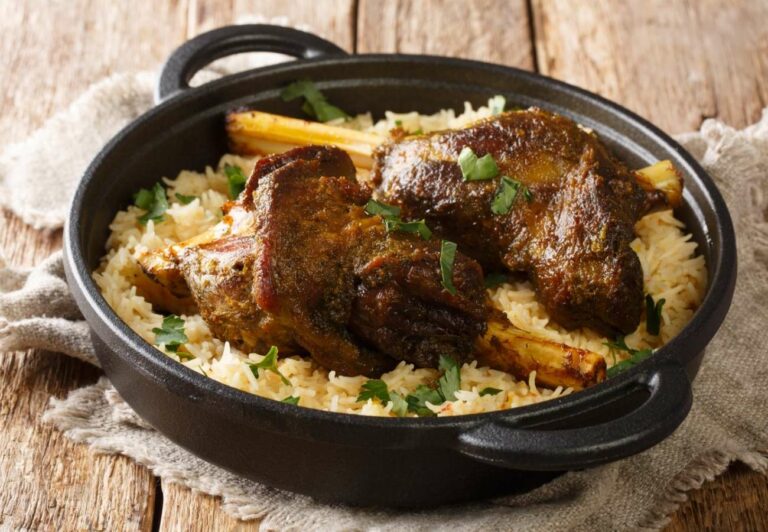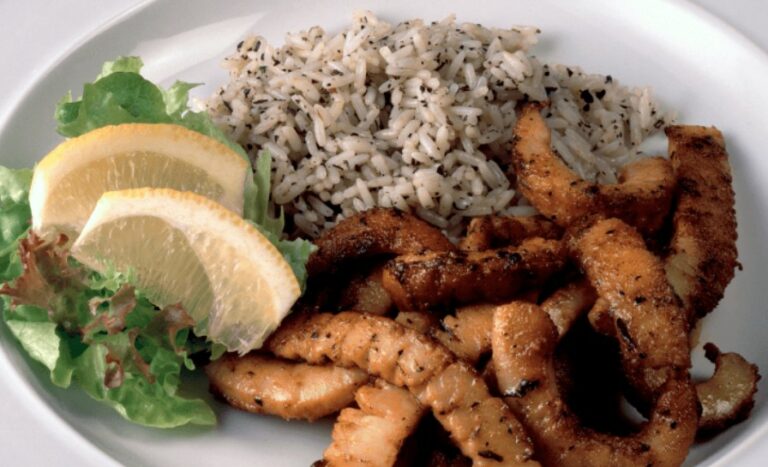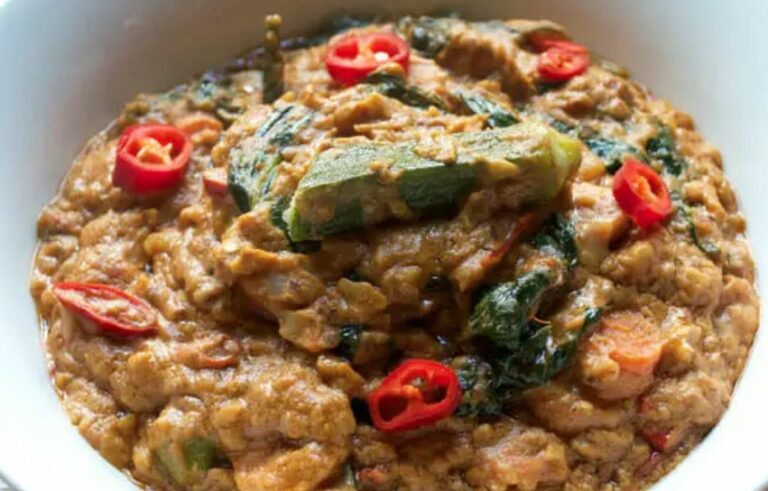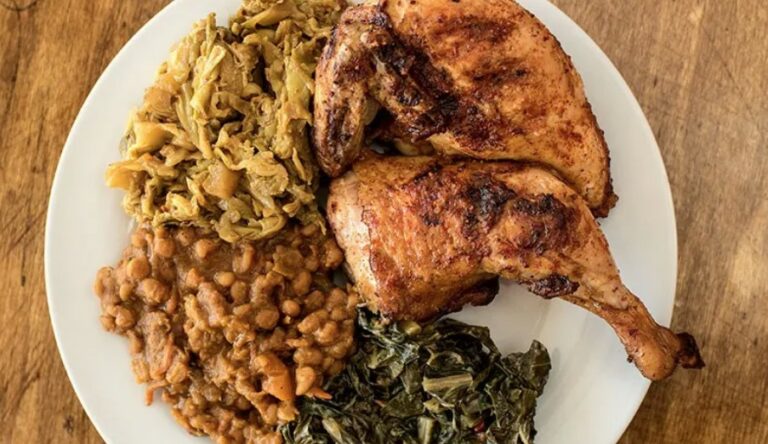Introduction: The Diverse and Flavorful Vietnamese Cuisine
Vietnamese cuisine is known for its diversity, freshness, and bold flavors. It incorporates a wide range of herbs, spices, vegetables, and meats, creating a balance of sweet, sour, salty, and spicy flavors. Vietnamese food is also heavily influenced by its neighboring countries, such as China and Thailand, as well as by its colonial history with France.
Fish Sauce: The Key Ingredient in Vietnamese Cooking
Fish sauce is a staple ingredient in Vietnamese cuisine. It is made by fermenting fish with salt and has a savory, umami flavor. Fish sauce is used in many Vietnamese dishes, from dipping sauces to marinades, to soups and stir-fries. It is also a common condiment that can be found on most Vietnamese dining tables. Different regions in Vietnam may have their own variations of fish sauce, such as nuoc mam in the south and nuoc mam nhi in the north, which are made with different types of fish and have slightly different flavors.
Rice Paper: The Versatile Wrapper in Vietnamese Dishes
Rice paper is a thin, translucent sheet made from rice flour and water. It is a versatile ingredient in Vietnamese cuisine, used to wrap spring rolls, make crispy crackers, and even as a noodle substitute in dishes like bun cha gio. Rice paper is also commonly used as a low-carb and gluten-free alternative to wheat wrappers. It has a neutral flavor, making it perfect for showcasing the ingredients inside. To use rice paper, it is dipped in water briefly to soften before wrapping or frying.
Lemongrass: The Fragrant Herb in Popular Vietnamese Dishes
Lemongrass is a fragrant herb that is commonly used in Vietnamese cooking. It has a citrusy aroma and is often used in marinades, soups, and stir-fries. Lemongrass is also a key ingredient in many popular Vietnamese dishes like banh mi, pho, and bun cha. It is usually chopped finely or pounded into a paste before being added to dishes. Lemongrass is also believed to have medicinal properties and is used in traditional medicine to treat a variety of ailments.
Star Anise: The Aromatic Spice in Vietnamese Broths and Stews
Star anise is a star-shaped spice that has a sweet, licorice-like flavor. It is a key ingredient in many Vietnamese broths and stews, including pho and bo kho. Star anise is also commonly used in marinades for meats and stir-fries. It adds a warm and aromatic flavor to dishes and is also believed to have healing properties in traditional medicine.
Coconut Milk: The Creamy Ingredient in Vietnamese Desserts and Soups
Coconut milk is a creamy and rich ingredient that is used in many Vietnamese desserts and soups. It is made by blending water with grated coconut flesh and squeezing out the milk. Coconut milk is a common ingredient in Vietnamese desserts like che and banh bo, adding a sweet and nutty flavor. It is also used in savory dishes like curry and canh chua, lending a creamy texture and balancing out spicy and sour flavors. Coconut milk is a popular dairy-free alternative in Vietnamese cooking.

